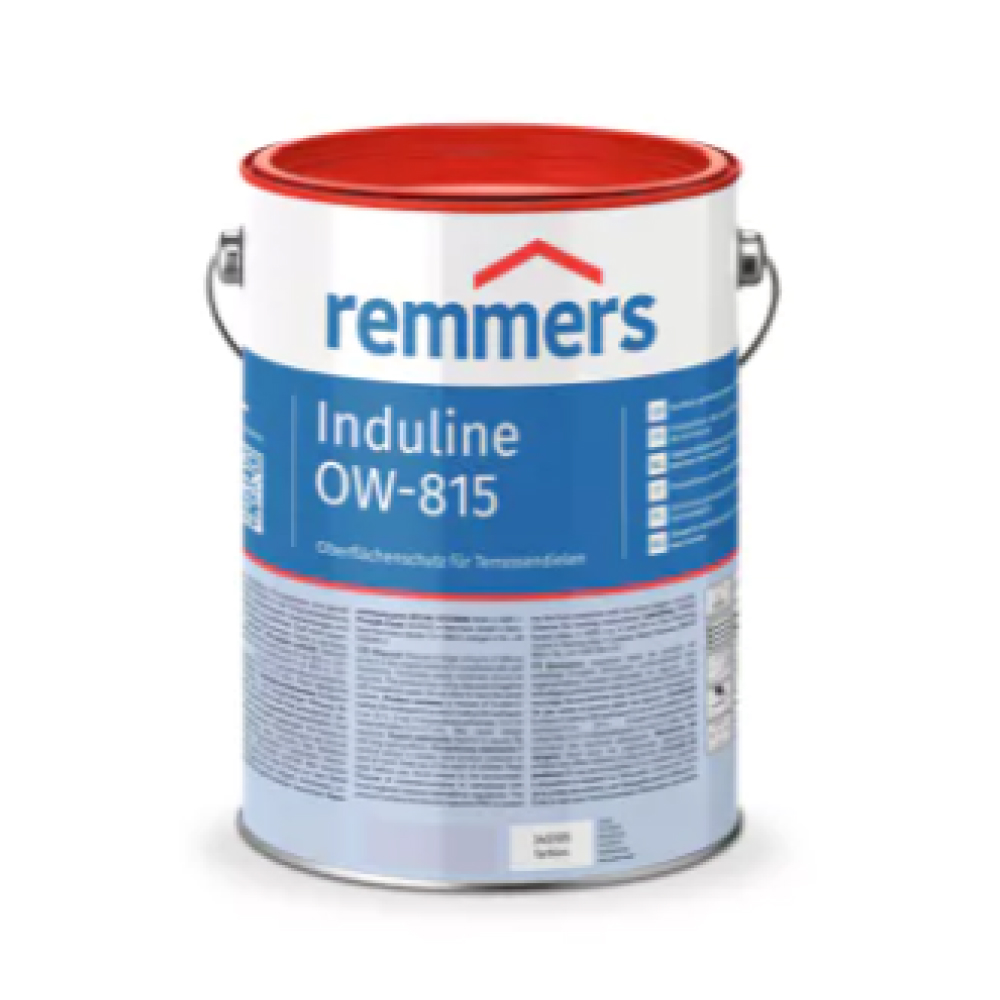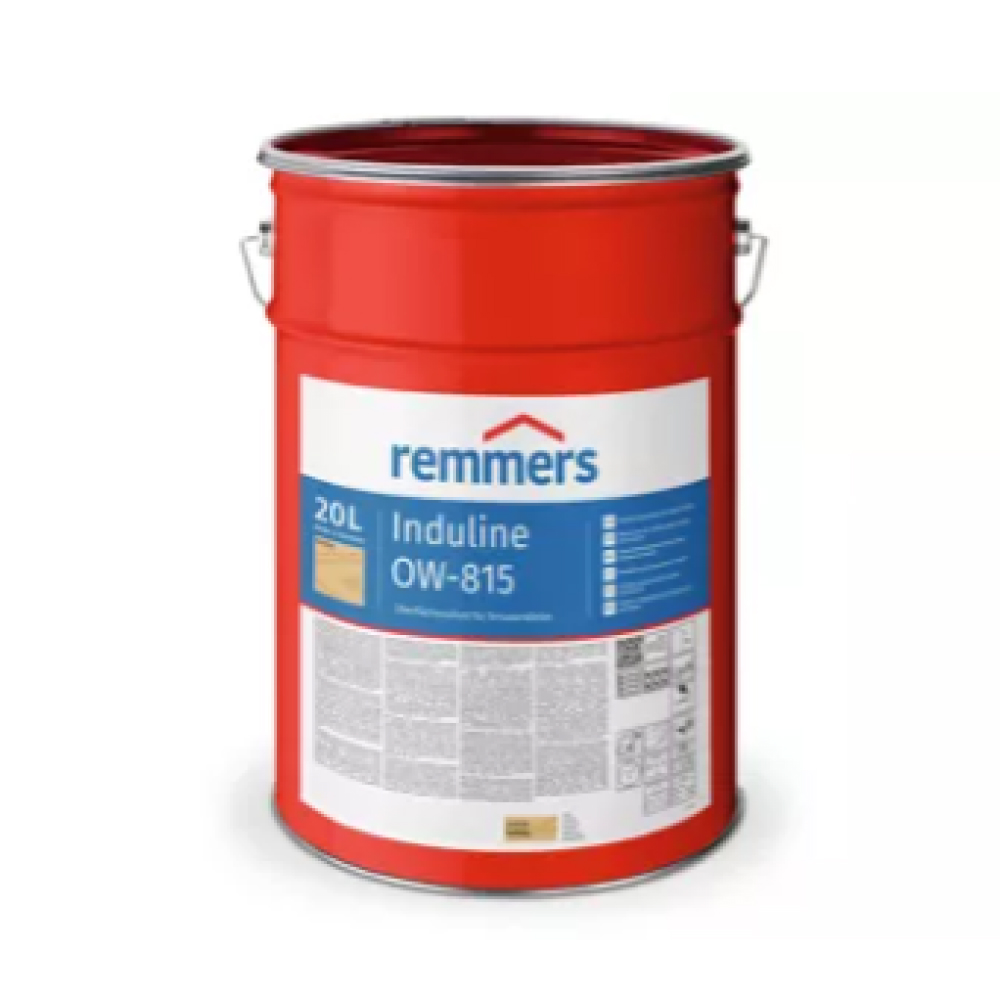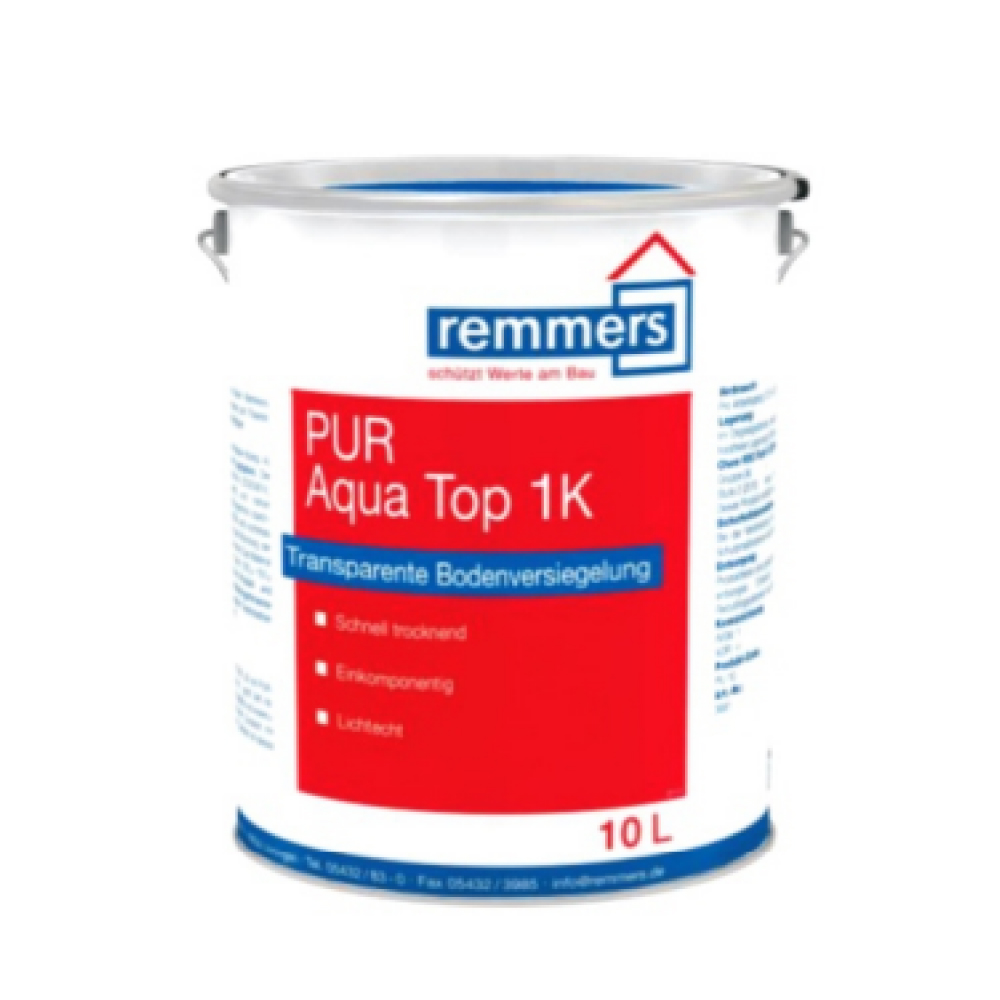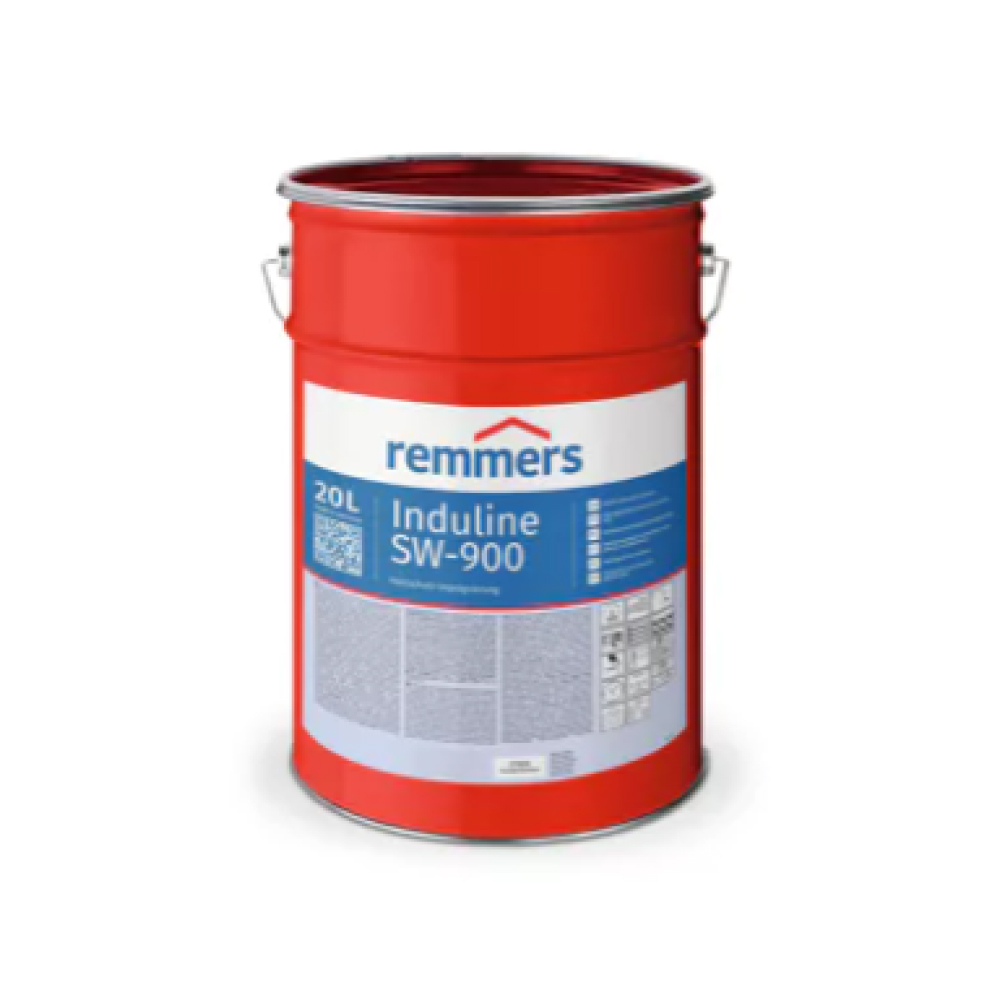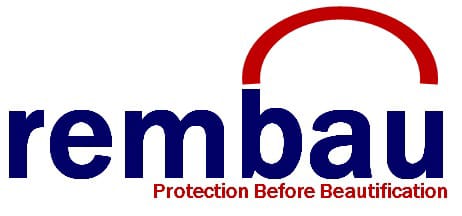
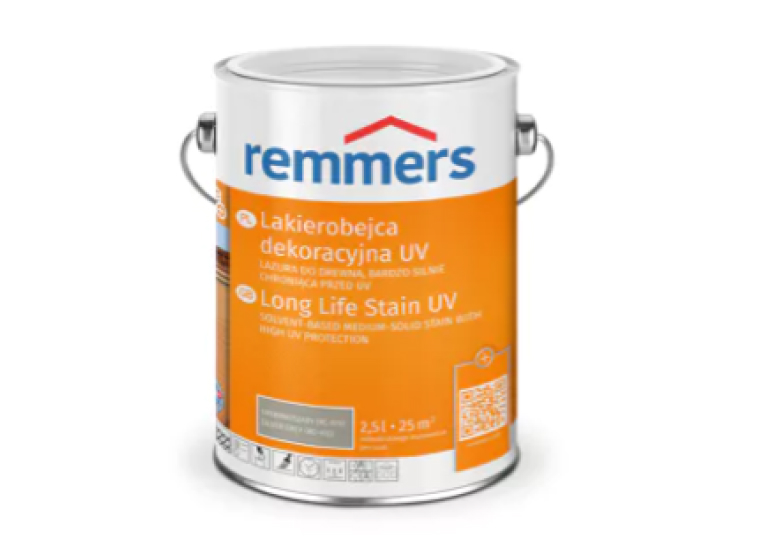
Long Life Stain UV
Decorative, solvent-based medium-solid stain with very high UV protection, universal for exterior wood
Product Specifications
The stated values represent typical product characteristics and are not to be construed as binding product specifications.
- Product Details
- Usage
Field of application
- For use on exterior wood
- Dimensionally stable wood building elements: e.g. windows and doors (including their interior surfaces)
- Wood building elements with no dimensional stability: e.g. fences, framework, carports, planking
- Wood building elements with limited dimensional stability, e.g. folding shutters, matchboarding, summerhouses
- Biocide-free finishing coat for impregnated wood, e.g. garden furniture
- Clear UV+ can also be used as a sacrificial layer over pigmented variants to prevent the wood from darkening
Properties
- Weather-resistant and UV-resistant
- High UV protection for light colours and clear UV+
- Dirt-repellent and easy to maintain
- Block resistant (in accordance with Code of Practice HO.03)
- Good flow properties
- Free from biocides and cobalt
First coat: 100 ml/m²
Second coat: 60 ml/m²
Clear UV+: 3 coats
Application
- Substrate requirements
The substrate must be clean, dry, free of dust, grease and loose substances, and prepared in the correct manner.
Dimensionally stable wood building elements: wood moisture content 11-15%
Wood building elements with limited or no dimensional stability: wood moisture content max. 18%
- Preparations
Thoroughly remove any dirt, grease and non-adhering old coatings.
Sand grey and weathered wood surfaces down to sound, bright wood.
Remove loose and torn knots as well as resin that bleeds and clean with a suitable product (e.g. Remmers thinner & brush cleaner).
Thoroughly sand any old coatings that are still intact.
Use Renovation Primer to level the substrate if necessary.
Exterior wood that requires protection from wood-destroying insects, rot and blue stain should be pre-treated with a suitable wood preservative (*Use biocides safely. Always read the label and product information before use).
Observe BFS Code of Practice No. 18 “Coatings on Wood and Wooden Working Materials in Outdoor Areas”.
Stir well.
Apply by brush.
Apply in the direction of the grain.
Carry out light intermediate sanding on particularly elegant surfaces prior to applying a finishing coat.
Apply a second coat once the first has dried.
If required, Clear UV+ can be used as a third coat to permanently fix the desired colour (sacrificial layer that is renewed when renovating).
This procedure can also be carried out on surfaces that have been pre-treated with HK Stain 3in1 or Wood Protection Cream 3in1.
This procedure is not advisable on substrates that have been treated with white products (darkening, yellow tint from Clear UV+).
Windows and exterior doors require 3 coats.
Use material with the same batch number on contiguous surfaces (mix material of different batches beforehand), otherwise slight differences in colour, gloss and texture may occur.
All colours can be mixed with one another.
Seal opened containers well and use contents as soon as possible.
Check colour, adhesion and compatibility with the substrate by setting up a trial area.
Before coating technically modified woods and wood-based materials, apply the coating to a trial surface and conduct a suitability test on the desired area of use.
Cut end-grain surfaces at the bottom to create a water-drip edge.
End-grain wood preservative should first be applied to end-grain wood and cut surfaces in order to protect them against moisture.
Due to the different covering properties of white and pastel varnish colours, the optical appearance may vary depending on the substrate. It must be checked in advance whether discolouration of the varnish may occur due to substances contained in the wood.
In order to take account of and clarify these issues, a trial surface must be prepared in order to ensure that the surface meets expectations.
Each layer of medium-build stain results in a more intense colour and a glossier finish.
Make sure that the area is well ventilated during processing and drying.
Areas that are being coated or dried should be protected against rain, wind, sunlight and condensation.
Mechanical damage, especially to clear coatings, must be immediately repaired with “clear UV+” to prevent discolouring, caused e.g. by blue stain.
Shorter maintenance intervals should be planned.
Compatible with plastics and bituminous materials once dry.
Risk of self-ignition (DGUV information brochure 209-046).
The product should not be applied at the same work stand as NC-based varnishes or stains. Collect any textiles soiled with the product (e.g. cleaning rags, work clothing) in fire-resistant waste containers and dispose of properly.
- Drying
After approx. 12 hours at 20 °C and 65% relative humidity.
Low temperatures, poor ventilation and high humidity delay drying.
- Thinning
Ready to use
Brush (natural bristles), flat brush
Clean tools immediately after use with thinner and brush cleaner.
Ensure that any residue from cleaning is disposed of correctly.
If stored unopened in its original container in a cool, dry place and protected against frost, the product will keep for at least 24 months.
Use the contents of open containers as quickly as possible.
Notes
DIN EN 71-3 “Migration of certain elements”:
This product complies with the limits for the migration of heavy metals to children’s toys according to DIN EN 71-3 and thus fulfils one of several further requirements for the safety of children’s toys according to the EU “Toy Directive” (2009/48/EC).
On planed larch and softwoods with a high resin content, the coating may have reduced adhesion and resistance to weathering. This is especially the case on horizontal year rings, knots and areas of winter growth that are high in resin. Maintenance and renovation must be carried out more frequently on these surfaces.
The only remedy for this is pre-weathering or very coarse sanding (P80).
If these wood types are rough-sawn, considerably longer maintenance and renovation intervals are to be expected.
Observe the regulations concerning design principles for wood protection.
Do not use on horizontal surfaces without drainage slopes and without edge radius, avoid accumulated moisture.
Larger quantities of leftover product should be disposed of in the original containers in accordance with the applicable regulations. Completely empty, clean containers should be recycled. Do not dispose of together with household waste. Do not allow to enter the sewage system. Do not empty into drains.
For further information on the safety aspects of transporting, storing and handling the product and on disposal and environmental matters, please see the current Safety Data Sheet.
Related Products
